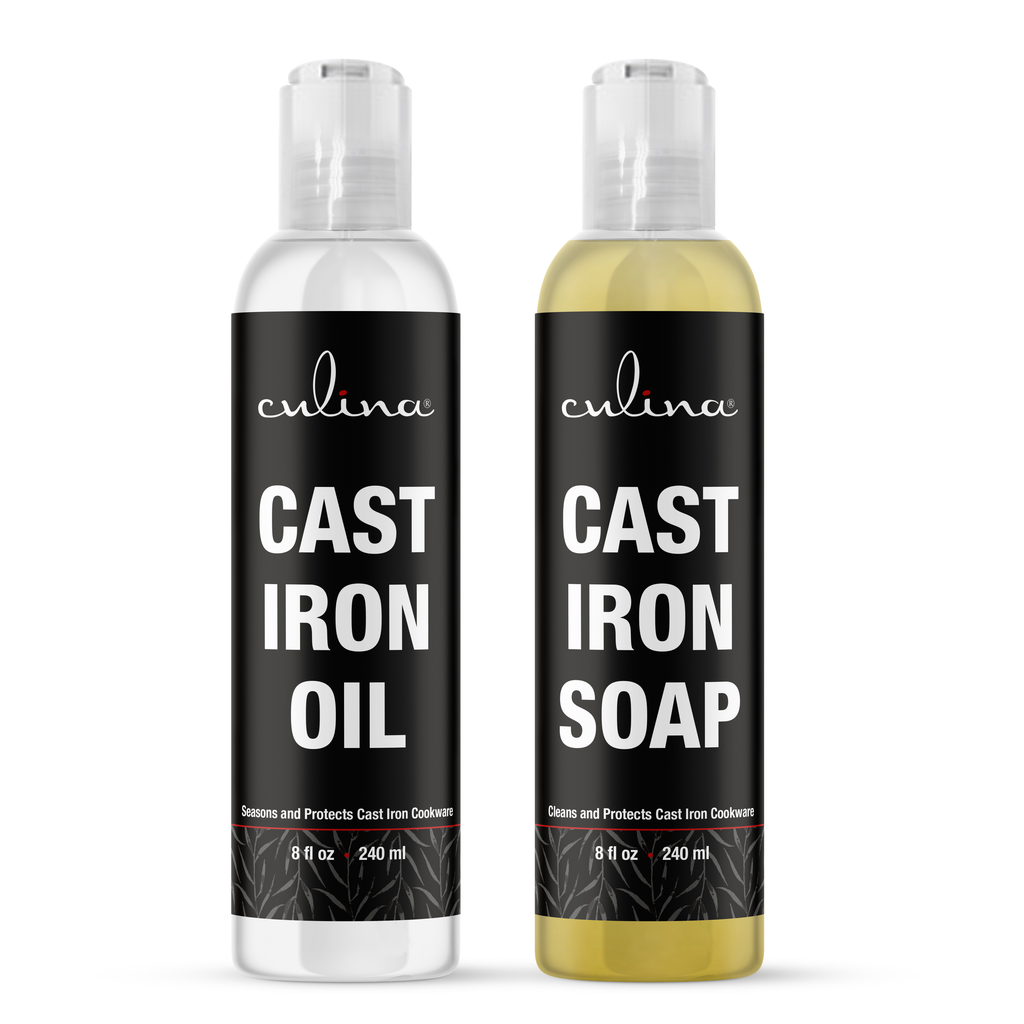How to Clean Kitchen Faucet: Tips and Techniques for Pros
As a beautician, you know the importance of maintaining cleanliness in all aspects of your work environment. But have you thought about how to keep your kitchen faucet sparkling clean? A well-maintained kitchen faucet not only improves aesthetics but also ensures hygiene, crucial in any kitchen. In this article, we will discuss how to clean kitchen faucet effectively while providing tips that resonate with your professional cleaning standards.
In this guide, we will cover the necessary materials, step-by-step instructions, and additional cleaning tips to maintain your kitchen faucet in peak condition. Keeping this fixture clean requires regular maintenance to prevent buildup and maintain functionality. Let's dive into the details below!

Materials Needed for Cleaning Your Kitchen Faucet
Before we begin our cleaning process, gathering the right materials is essential. Here are the items you will likely need:
- White vinegar - an excellent natural cleaner.
- Dish soap - for grease and dirt removal.
- Baking soda - effective for tough stains.
- Sponge - a soft one that won't scratch surfaces.
- Old toothbrush - great for scrubbing hard-to-reach areas.
- Microfiber cloth - perfect for drying and polishing.

Step-by-Step Guide on How to Clean Kitchen Faucet
Step 1: Prepare Your Cleaning Solution
Start by mixing equal parts of white vinegar and water in a spray bottle. This mixture acts as a natural disinfectant and helps break down mineral deposits.
Step 2: Spray Your Solution
Generously spray the solution on the faucet, ensuring that every part gets coveredthis includes handles and spouts. Let it sit for at least five to ten minutes to allow the solution to penetrate grime and mineral buildup.
Step 3: Scrub Away Dirt
Using a sponge or an old toothbrush, gently scrub the faucet. Concentrate on areas with visible stains or mineral deposits. For stubborn spots, sprinkle some baking soda directly on the sponge for added scrubbing power.
Step 4: Rinse Thoroughly
Once you finish scrubbing, rinse the faucet thoroughly with warm water. Ensure all cleaning agents and residues are washed away.
Step 5: Dry and Polish
Take a clean microfiber cloth to dry the faucet carefully. This step not only prevents water spots but also brings a shine to your faucet.

Additional Tips on Kitchen Faucet Care
Here are some useful tips to keep in mind while cleaning your kitchen faucet:
- Clean regularly! Aim for a weekly clean to avoid tough buildup.
- Use soft cloths and sponges. Avoid harsh abrasives that can scratch the finish.
- Consider using a mix of baking soda and vinegar for deeper cleaning.

Why Clean Your Kitchen Faucet?
As beauticians, we understand that cleanliness extends beyond just our tools. Essentially, a clean kitchen faucet is vital for maintaining hygiene in food preparation. Oils, wax, and other residues can easily transfer from our hands to the faucet. Hence, keeping it clean helps ensure safe practices in any kitchen.
More Cleaning Topics You Might Find Helpful
While cleaning your kitchen faucet is essential, consider expanding your cleaning repertoire with these additional guides:
Frequently Asked Questions
1. How often should I clean my kitchen faucet?
Its best to clean your kitchen faucet weekly to prevent buildup of grime and bacteria.
2. Can I use bleach to clean my kitchen faucet?
It is advisable to avoid bleach as it can damage the finish of the faucet; opting for natural cleaners like vinegar is a safer alternative.
3. What should I do if my faucet has hard water stains?
Hard water stains can be removed by applying a vinegar solution and allowing it to sit for a while before scrubbing.
As an Amazon Associate, I earn from qualifying purchases.

